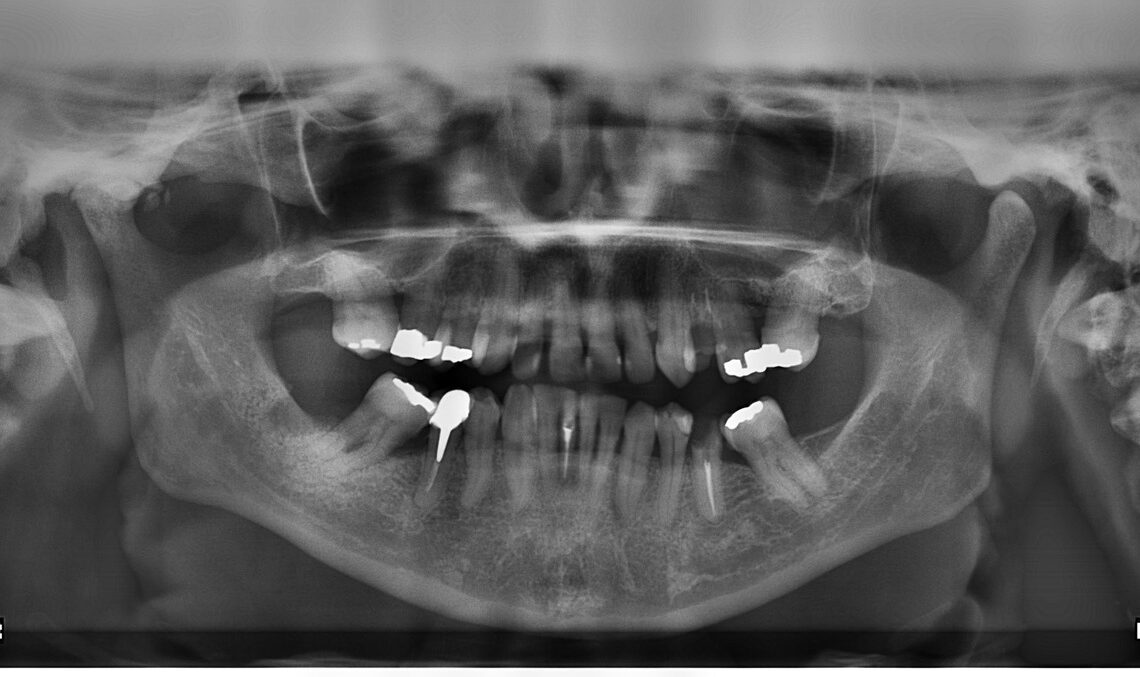Did you know? There’s more than one kind of dental filling you can have in your mouth to repair a cavity. You probably know about the shiny metal fillings, but do you know about the others? Take a look and test your dental filling knowledge!
#1: Amalgam
This is the one you probably know best. Amalgam fillings are usually silverish in color and are a mix of multiple metal types. Most often used in back teeth where less apparent, these types of fillings are usually more economical than other alternative materials. They were the standard for a long time, and remain a good alternative to tooth-colored restorations.
#2: Composite
You may know these as the modern type of “white” fillings you see today. Tooth colored composite fillings are very good alternatives to amalgam fillings as they are better at expanding and contracting with your teeth and bond to your tooth structure. Composite fillings can also be color matched to your specific shade of tooth color. By contrast, composite fillings usually cost more than amalgam fillings but are excellent filling types for most restorations.
#3: Ceramic crowns
You may not know about this filling type, but ceramic (porcelain) fillings are a great alternative to composite fillings. They can last more than 15 years and are more resistant to staining than composite fillings. Unfortunately, however, they can cost as much as gold fillings and might not be as cost effective for some people.
#4: Gold crowns
Gold-filled teeth have been around for ages. It’s usually what you think of when you imagine a prospector from the Old West, or maybe your first thought is Joe Pesci in Home Alone. Gold fillings still have some use — they’re an excellent quality filling material and last 10-15 years. They also seem to look better than amalgam fillings to many patients, however, they are much more costly than amalgam and composite fillings.
#5: Glass ionomer
This interesting type of filling is made of acrylic and a specific type of glass material. It is a lot like a paste and creates a tight seal over a hole in a tooth. These fillings have fluoride in them, which can slowly release into the tooth and help prevent further cavities in the future. Glass ionomer fillings do not generally withstand one’s biting forces over time. They are used in some areas of the teeth but not meant to be permanent restorations on all tooth surfaces.
Before deciding on what kind of filling is best for you, it’s best to speak with your dentist. Getting an idea of what those fillings will cost, how they’ll look on you, and how long they’ll last is important to making an informed decision. Contact us today for dental care in the Concord, NH area!






